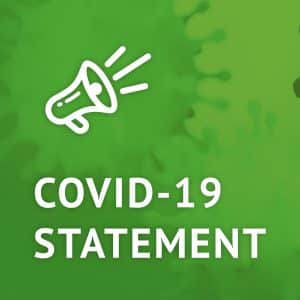Tree Identification in winter Part One
Winter is a good time for you to begin your tree identification education.
The forest is open, you’ll find no bugs, and as opposed to a cloud of vegetation, many trees stand out solidly and possess a distinctive winter look. Some are evergreen, some have pods, old leaves, leftover fruit, spines or giant buds – and a tree’s silhouette is much more visible without having the wrap of leaves.
Get field guides for your neighborhood trees. It really is great to possess both a basic regional guide, as well as a much more specific guide for your region. You can never have too many field guides, the more pictures you’ve got the easier it will be to recognize a certain tree. Field guides can be acquired free of charge at your neighborhood library. Used bookstores could be yet another great source.
If you are just beginning your tree identification experience, concentrate on identifying types of trees by making use of mainly pictures of bark, leaves, flowers and fruit to identify trees. Then begin studying drawings, which are a lot more complex and specific. Different guides also can offer fascinating historical details about different types of trees.
Stay away from ornamental’s, if you are inexperienced. Anything planted within a gardens, lawn, roadside, park, is usually an ornamental. Ornamental’s are different types of native species which can be totally different and can make tree identification almost impossible. There are literally thousands of ornamental trees and they can be from all over the world. In order to identify your regions basic ornamental trees, there are numerous guides for the arborist and horticulturist about planting and developing ornamental trees.
Go for any stroll, and take some guides with you. For those who have the time to sit at the base of a tree you need to learn, and study more than field guides. Tree identification requires a whole lot of patience and concentration. It may take at the very least 30 minutes of studying different guides just before you’ve found it.
Focus on types of trees trees that are prominent, as opposed to going systematically from tree to tree. Choose a tree which has at the very least one, if not two very easily identifiable characteristics – like a leaf or flower or fruit. Bark just isn’t so simple to learn, either is tree growth characteristics. Leaves will be the easiest to utilize. Begin with an evergreen. You’ll find very few native evergreen trees with brad leaves in the U.S.



